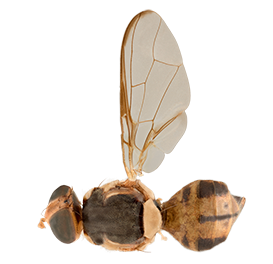Diagnosis
Morphological – adult
Features include:
- small species
- facial spots absent
- postpronotal lobes and notopleura yellow
- scutum black, mesopleural stripe reaching almost to postpronotal lobes, narrow short lateral postsutural vittae which may be present or absent, medial postsutural vitta absent, scutellum yellow with a narrow to broad black band that may cross the scutellum
- wing with a narrow fuscous costal band, anal streak faint and narrow or absent, cells bc and c colourless with microtrichia in outer corner of cell c only; abdominal terga III-V orange-brown with a moderately broad medial longitudinal fuscous to black band over all three terga, broad lateral fuscous to black margins on tergum III continuing either as broad bands on terga IV and V or as dark anterolateral corners of terga IV and V
- posterior lobe of male surstylus short
- female with aculeus tip needle shaped (Drew 1989; pers. comm., Drew 2010, pers. comm., Royer 2017).
Morphological – larvae
Not available/included in this edition.
Molecular
DNA barcoding
Diagnostic BOLD reference data available.
PCR-RFLP Test 1
BsrI: 580, 250
HinfI: Does not cut
HhaI: 600, 180
Sau3AI: 400
SnaBI: Does not cut
SspI: Does not cut
Vspl: Does not cut
Approximate ITS1 fragment length – gel: 750 bp.
PCR-RFLP Test 2
AluI, DraI and RsaI produce diagnostic restriction patterns for B. facialis and B. passiflorae which cannot be distinguished (See Restriction enzyme haplotype chart and Diagnostic restriction patterns).
AluI: 770-760, 270, 170, 130, 120, 110
DraI: 1200, 290, 110
RsaI: 500, 420, 410, 290
Gallery
 link
linkBactrocera facialis - Abdomen Dorsal Classic FAC004
 link
linkBactrocera facialis - Abdomen Ventral Classic FAC004
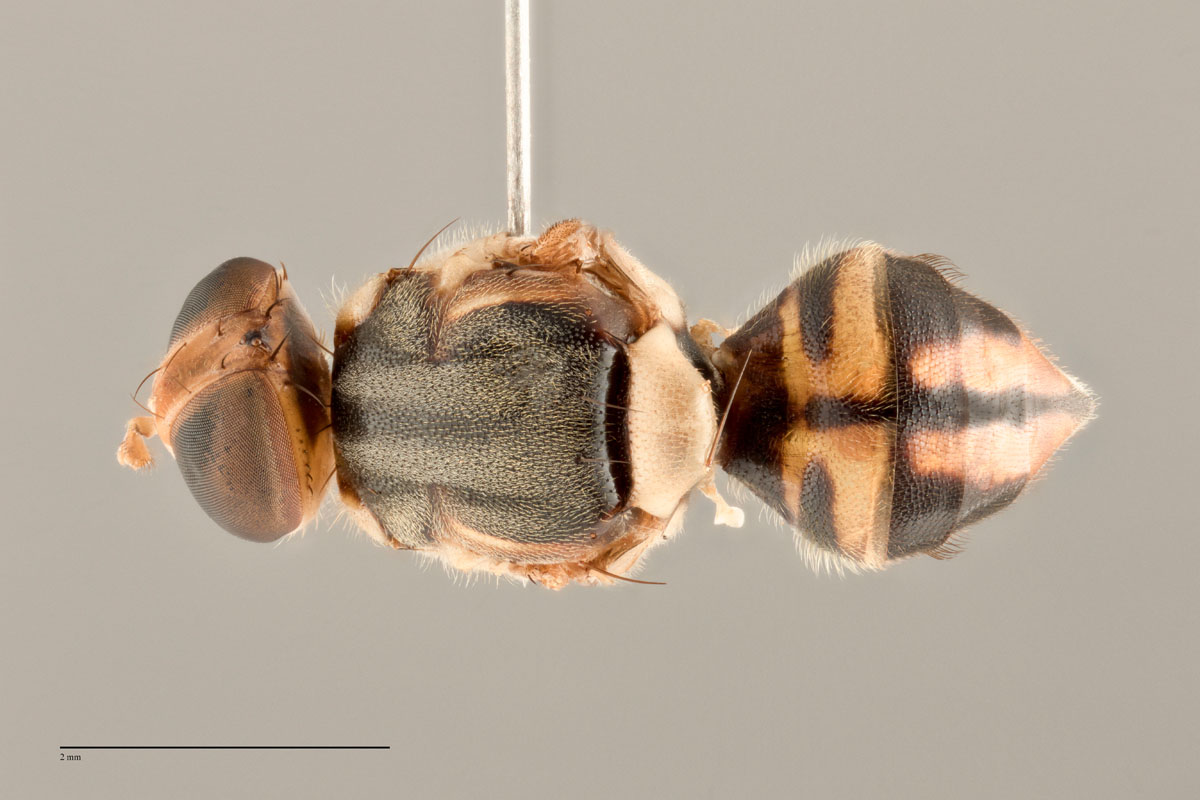 link
linkBactrocera facialis - Entire Body Dorsal Classic FAC004
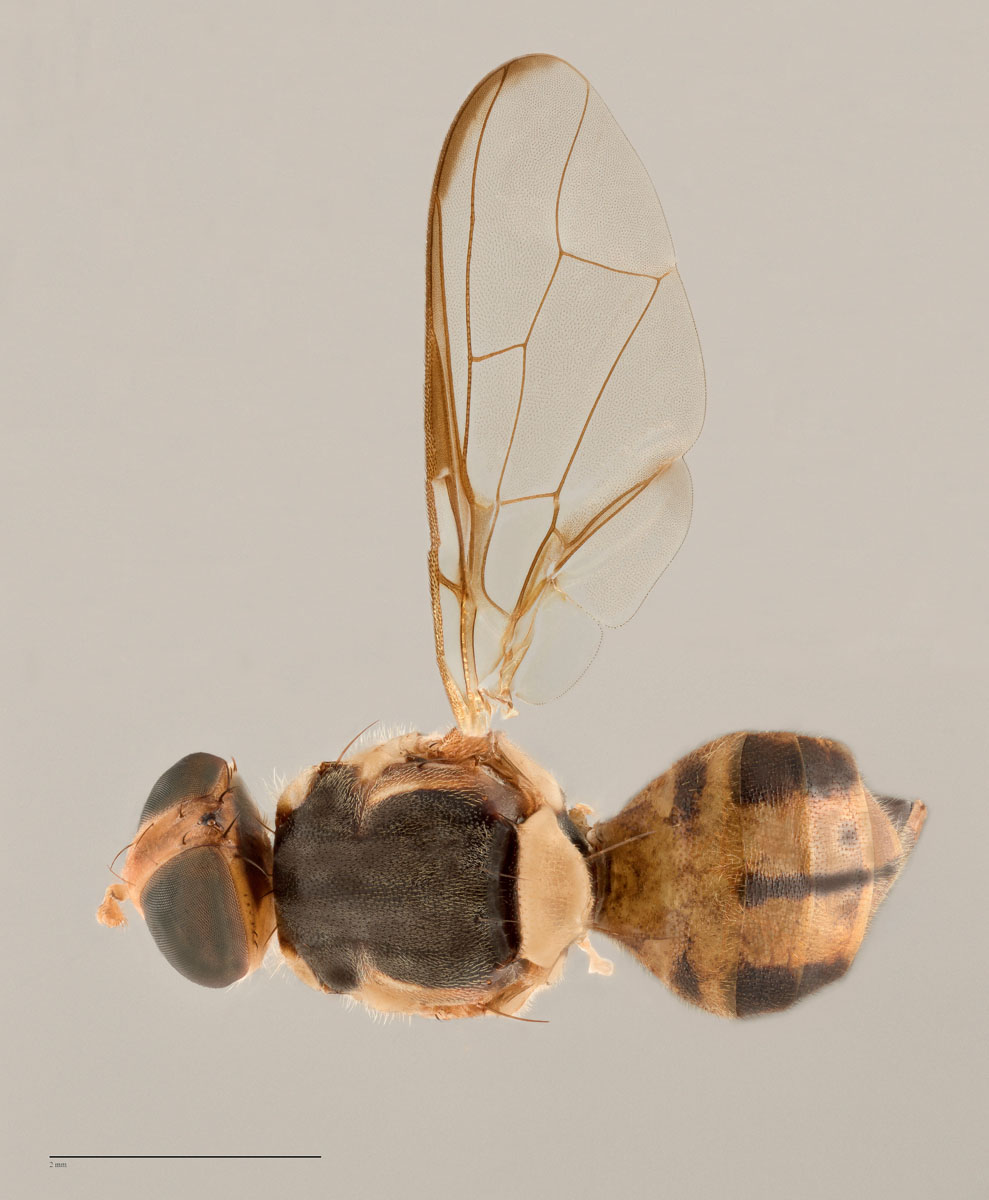 link
linkBactrocera facialis - Entire Body Dorsal with Wing Classic FAC004
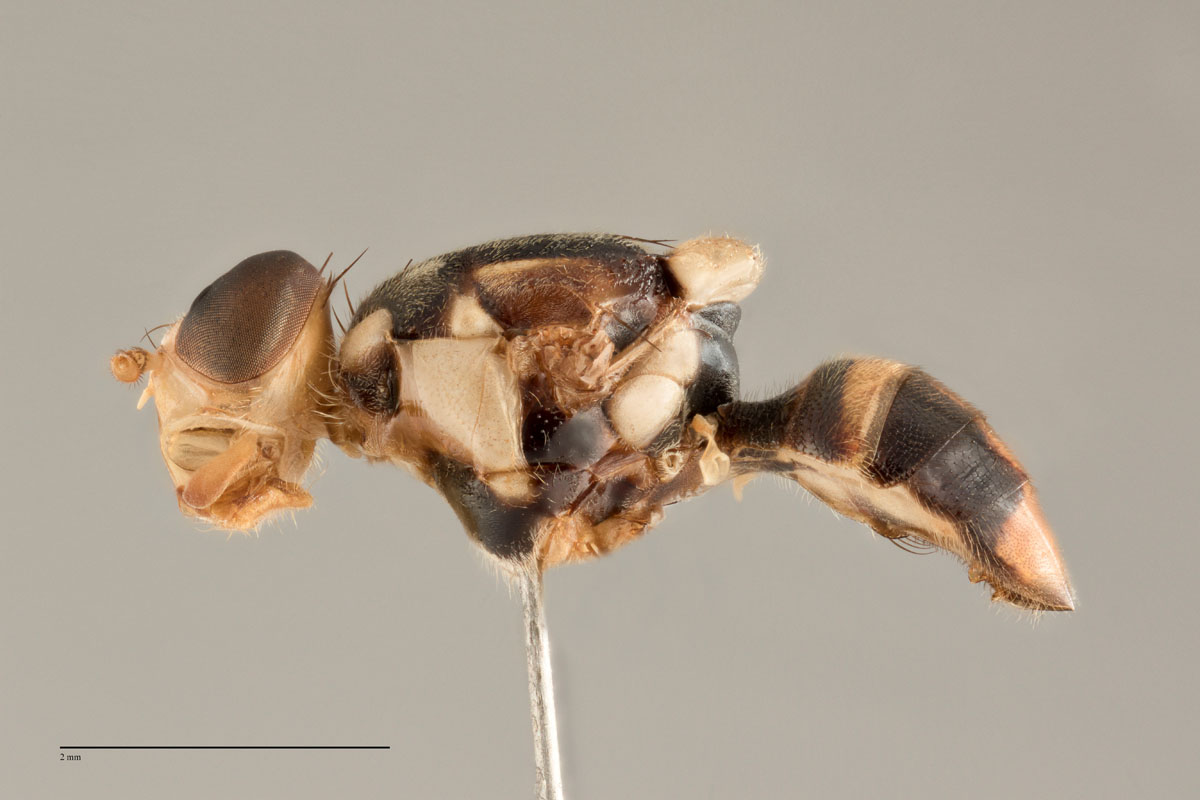 link
linkBactrocera facialis - Entire Body Lateral Classic FAC004
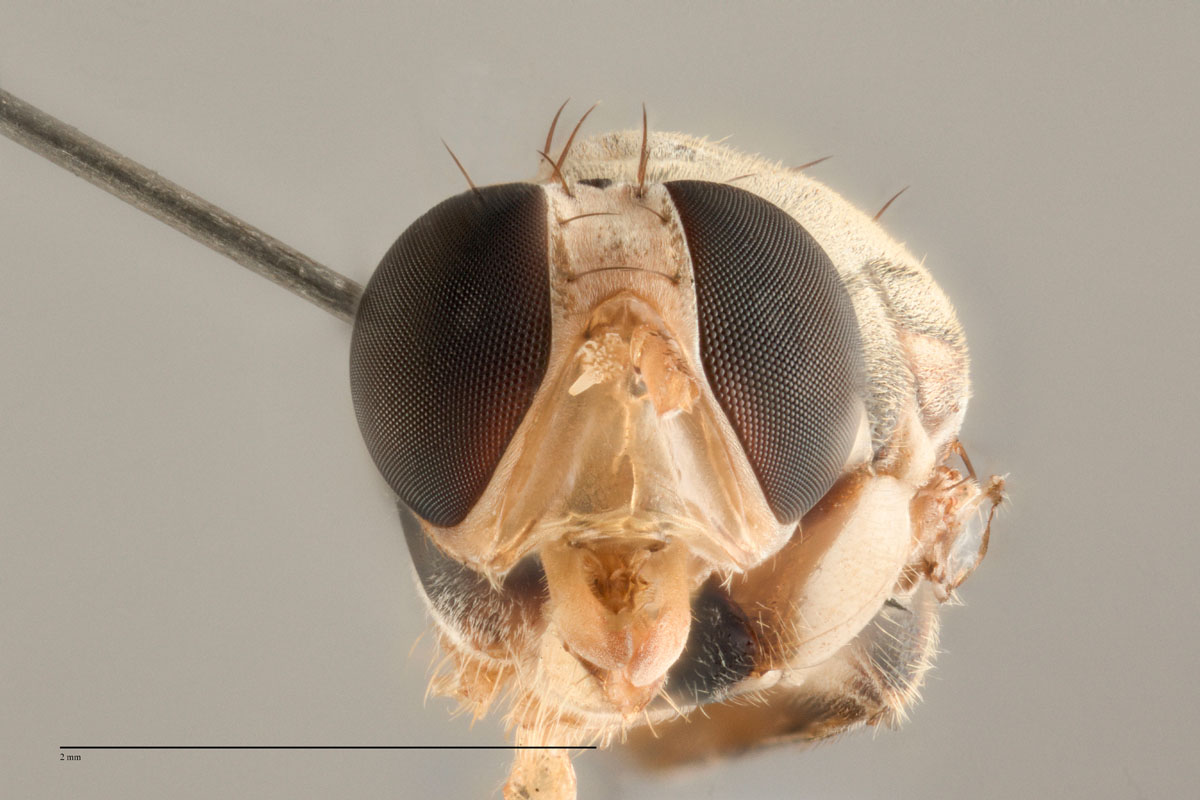 link
linkBactrocera facialis - Head Shot Classic FAC004
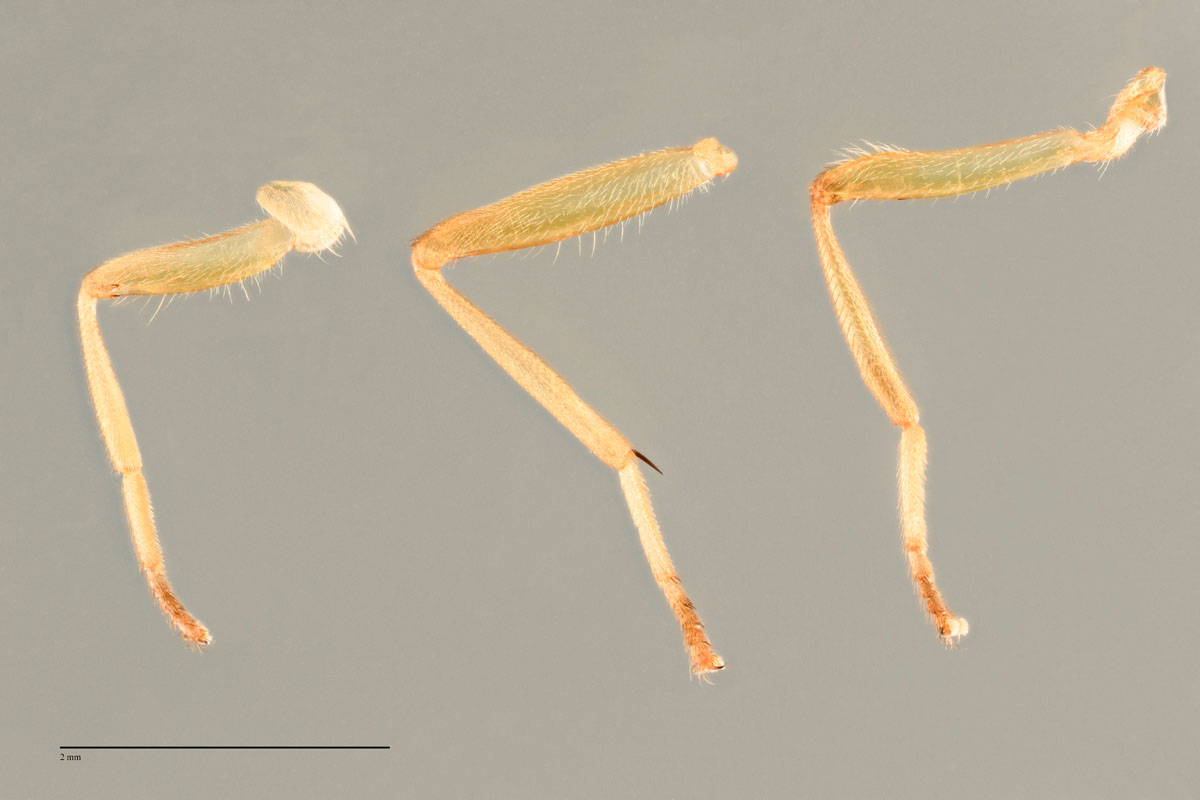 link
linkBactrocera facialis - Legs Classic FAC004
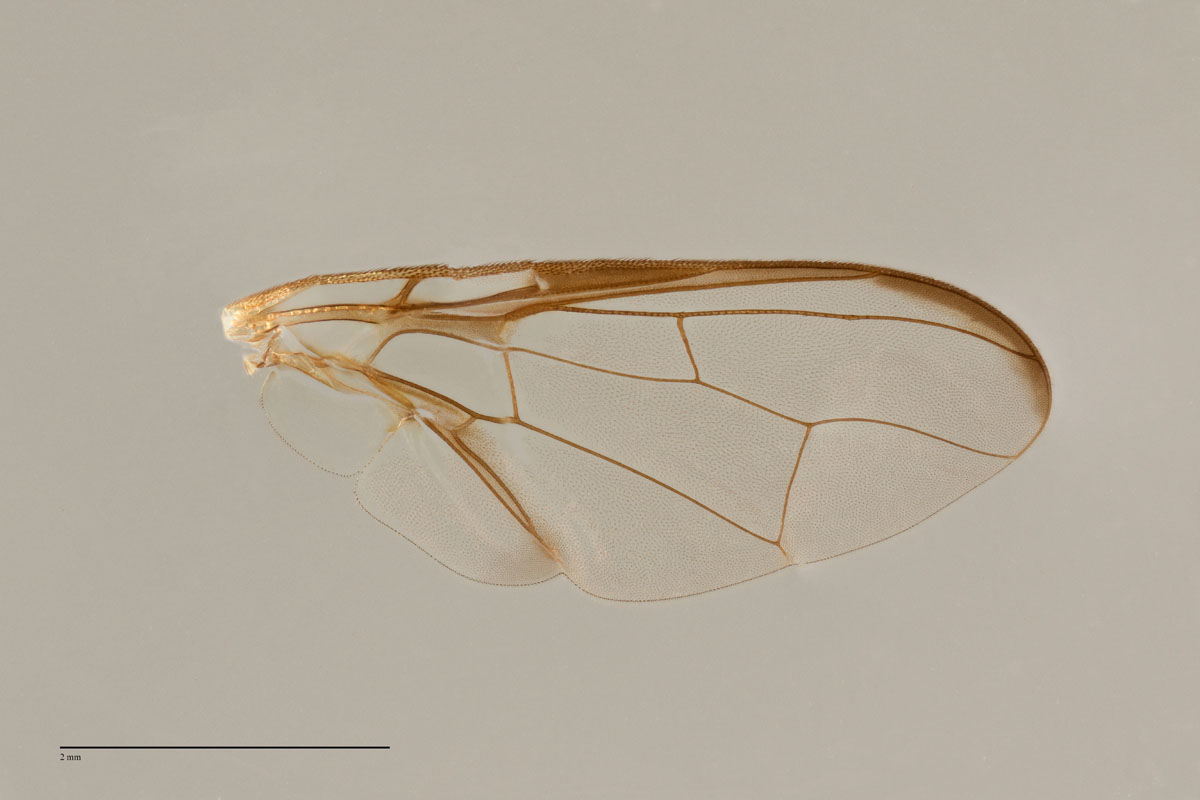 link
linkBactrocera facialis - Right Wing Classic FAC004
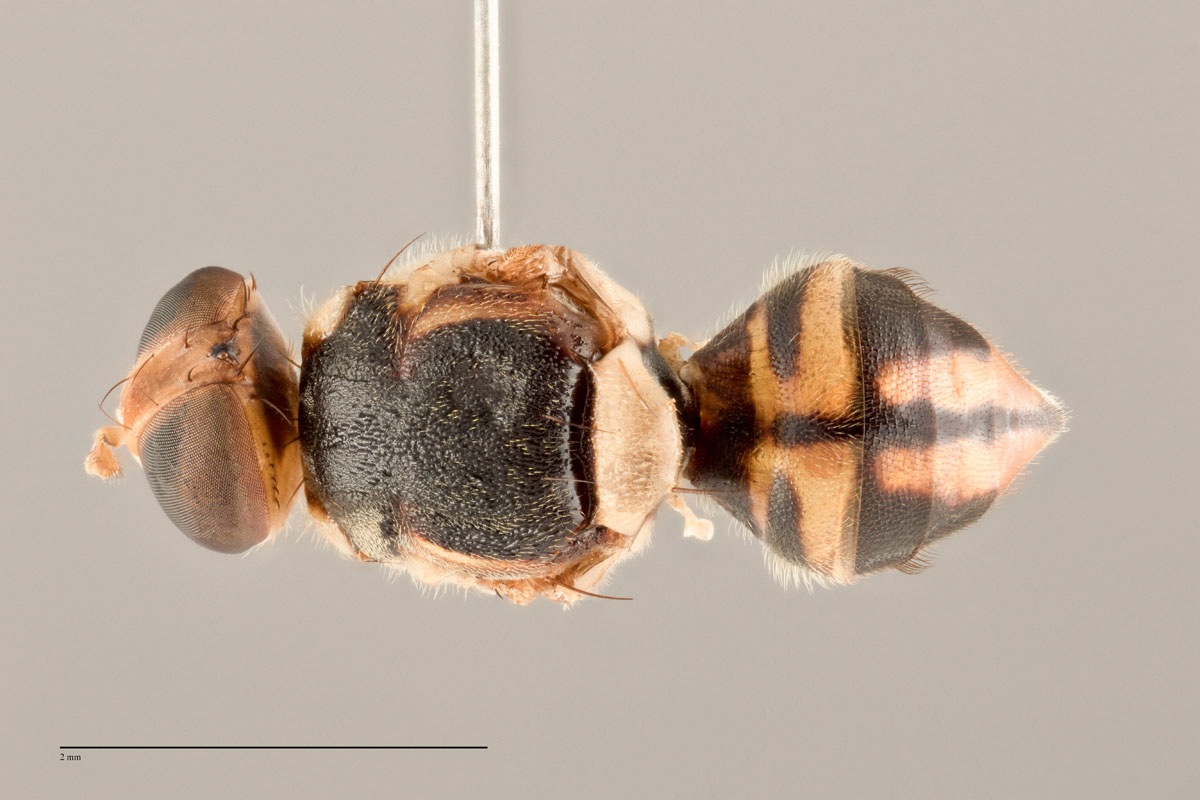 link
linkBactrocera facialis - Scutum Pattern Classic FAC004
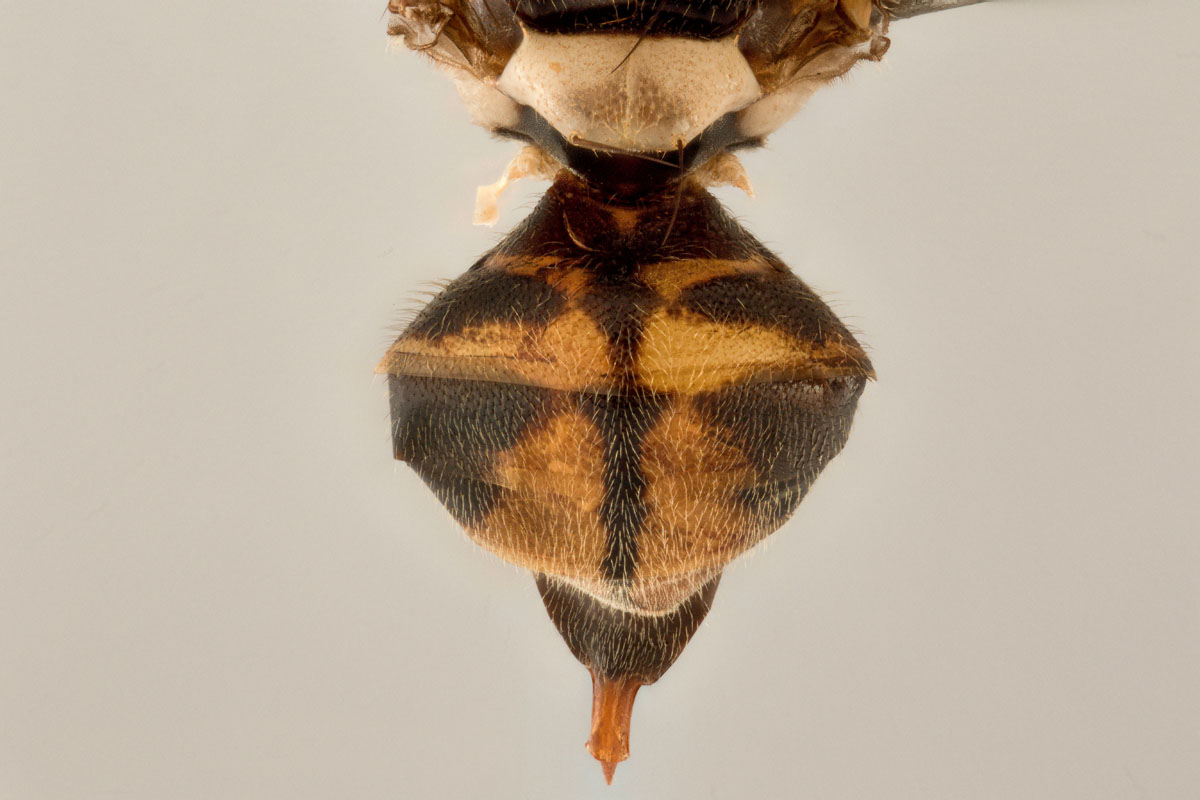 link
linkBactrocera facialis - Abdomen variation FAC002
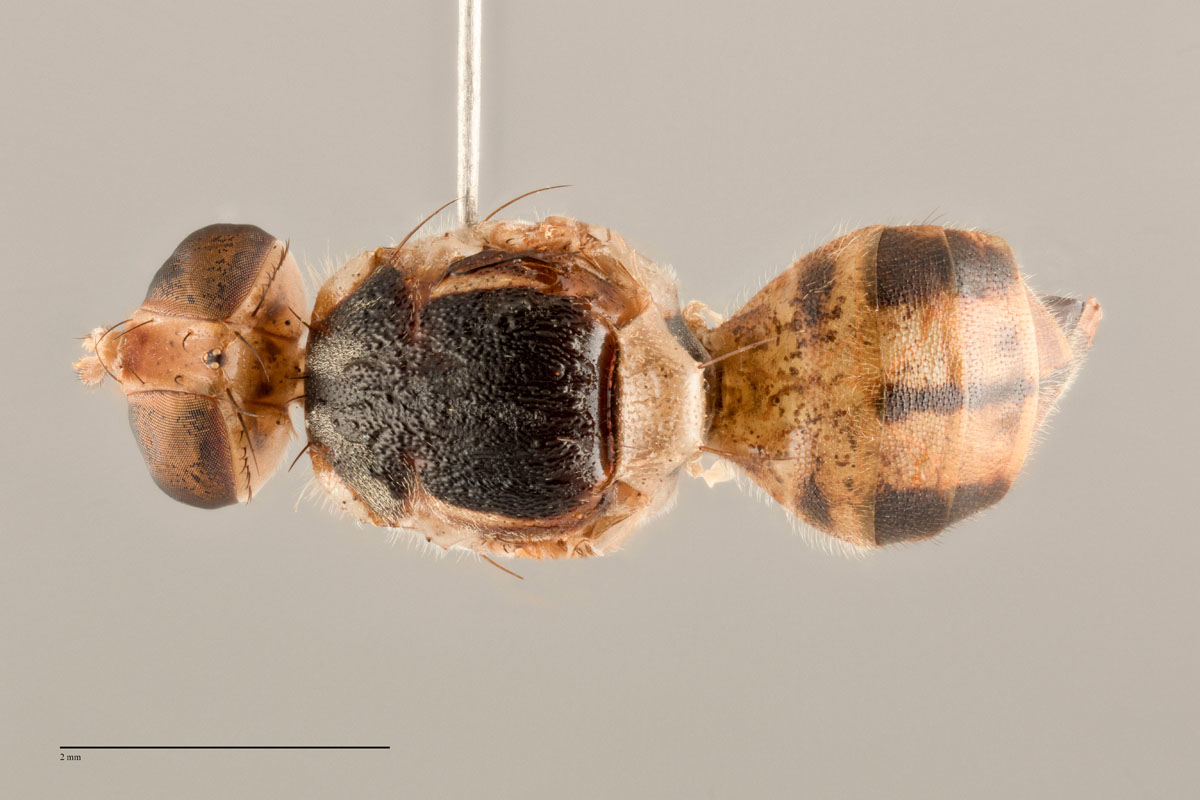 link
linkBactrocera facialis - Scutum variant FAC005
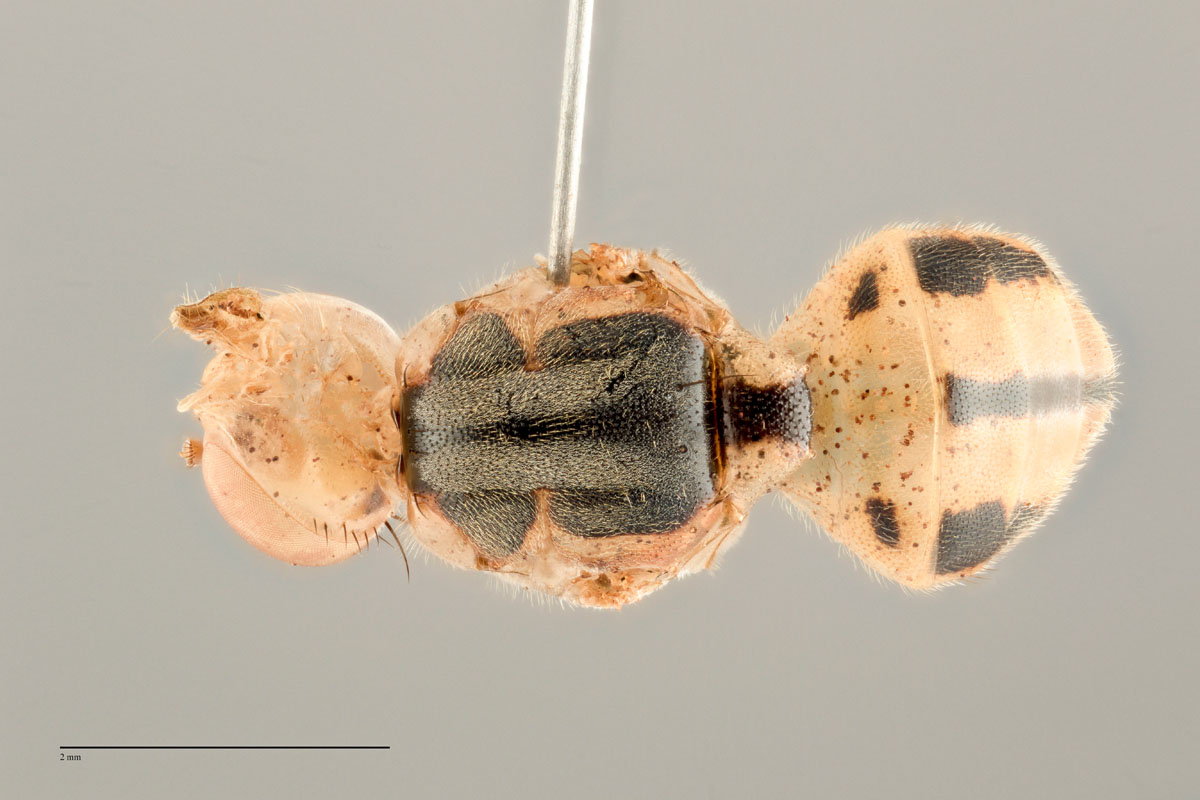 link
linkBactrocera facialis - Scutum variant FAC003
Host Range
Bactrocera facialis has been recorded on hosts from a wide range of families. These include:
- Anacardiaceae
- Annonaceae
- Apocynaceae
- Asparagaceae
- Boraginaceae
- Callophyllaceae
- Cardiopteridaceae
- Caricaceae
- Combretaceae
- Ebenaceae
- Hernandiaceae
- Lauraceae
- Lecythidaceae
- Leguminosae
- Malvaceae
- Meliaceae
- Moraceae
- Musaceae
- Myristicaceae
- Myrtaceae
- Passifloraceae
- Rosaceae
- Rubiaceae
- Rutaceae
- Salicaceae
- Santalaceae
- Sapindaceae
- Sapotaceae
- Solanaceae.
For a full list of recorded hosts see Leblanc et al. 2012.
Major commercial hosts
- Capsicum annuum (bell pepper, chilli)
- Carica papaya (papaya)
- Citrus species
- Mangifera indica (mango)
- Persea americana (avocado)
- Psidium guajava (guava)
- Syzygium species
Distribution
Oceania – Tonga

Similar species
Bactrocera facialis can appear superficially similar to B. frauenfeldi which is established in north Queensland, but differs in not having a band across the wing.
Pest Status
Attractant/Lure
Cue lure
